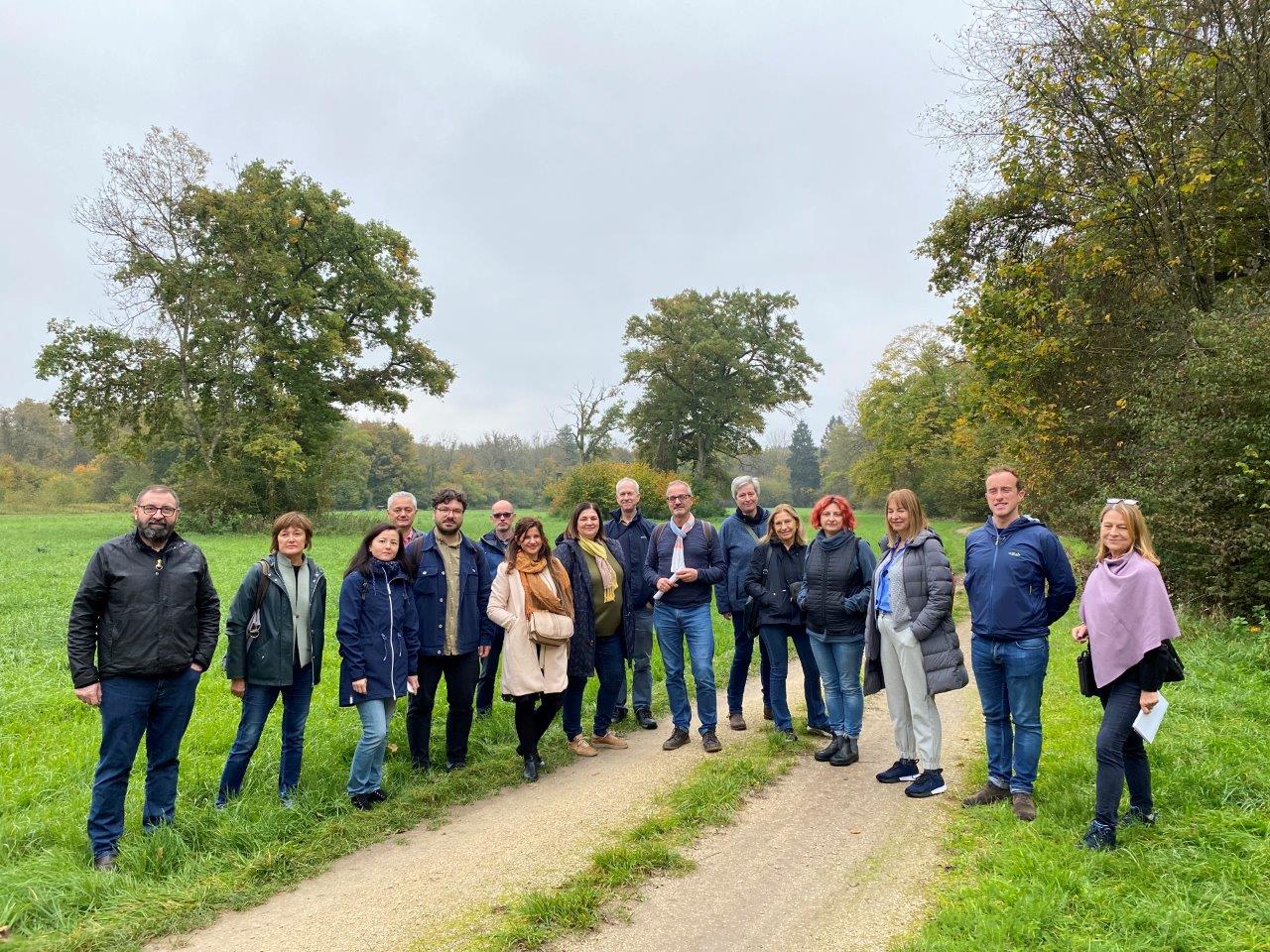
Project final conference in Ingolstadt
The Blue Green City partners met at the final conference of the project, a hybrid event which took place between 10-12th of October 2022, in Ingolstadt (Germany...
How will these be achieved? BLUE GREEN CITY will increase individual, organisational, stakeholder and external knowledge of the concept of ecosystem services and the value of GBI through project events, workshops and training.
This will be done through interregional Policy learning process and collaboration in finding common solutions to common challenges posed by climate change adaptation and by sharing experience and exchanging good practices.
€1,348,909.00
Environment and resource efficiency
Priority axis 5, and especially the Investment Priority 6.c which promote the development processes and support the protection and enhancement of natural heritage, is strategically important for the areas of attraction as to consolidate and promote development processes in the Piedmont Region.
As the Piedmont Region promotes policies aimed at improving the conditions of the standards of supply and use of natural heritage, especially with regard to the most internal and marginalized areas, it wishes to improve this Policy Instrument in order to maintain and restore natural habitats and its species in protected areas, which is functional to the achievement of proper use, as well as to the maintenance and/or restoration of ecosystem services. What is more, in line with the ERDF funds it wishes to promote the enhancement of the natural heritage in order to raise the quality of life and the attractiveness of territories, which is also the objective of the Italian National Strategy for Biodiversity.
The specific objective "Improving the conditions and standards of supply and use of heritage in areas of natural attraction" is complementary to the subsequent objective aimed at cultural heritage. Their achievement is, in fact, part of the ERDF strategy for raising the tourism sector and related cultural activities, which can result in improvement of the regional economy. It is also in this regard that the Piedmont Region wishes to improve the above mentioned Policy Instrument.
Priority Axis 5 – Sustainable Urban Development of the OP aims to improve the urban environment, revitalize cities, regenerate and decontaminate brownfield sites, revitalize, regenerate and improve the urban environment as part of integrated urban strategies, resulting in improvements in social, economic and physical conditions in the urban centers.
Within this priority a Designated Urban Grant Scheme is investing in 9 urban centres (which include four Gateways cities; Dublin, Cork, Limerick, Waterford and five hubs; Ennis, Kilkenny, Mallow, Wexford and Tralee/Killarney) to support projects in the areas of Green regeneration, physical enhancements and social revitalisation including open public/community spaces, rehabilitation of brownfield sites and development of cultural infrastructure. The actions supported will bring benefits to the selected urban centers and provide a needed financial stimulus to invest in strategic measures to improve the urban environment.
Whilst the objective of the priority is to enhance the urban environment a greater effort is needed to better integrate green and blue infrastructures in the urban areas through the integrated strategies and projects to protect, restore and improve biodiversity.
The project would thus provide PP4 with a partnership that would build capacity and improve knowledge and consideration of ecological connectivity between cities and PUPAs in future Ops and schemes.
The overall objective of this Policy instrument is to develop the river Danube and its floodplain in the urban area both bio-corridor and as a recreational area and. The objectives of the policy are:
- To develop and protect river and floodplain ecosystems,
- to facilitate a sustainable and resilient urban development,
-to promote the experience of nature and environmental education in the city,
- to develop a river-related identity.
To reach these objectives, visitor amenities for eco-friendly recreation and infrastructure for hikers, cyclists and boaters should be established. On the ecological side, riprap should be removed from the riverbanks wherever it is both possible and consistent with flood prevention. The riverbanks should be renaturalized and tributaries should be opened.
The Bavarian State Ministry of the Environment and Consumer Protection included the City Park Danube Strategy in the master plan for development and selection of projects as a key project to implement the EU Strategy for the Danube Region (EUSDR) and the Natura 2000 policy.
The strategy needs to be improved and extended concerning the challenges of adaption to climate change. In addition, the ecosystem services evaluation of the existing green/blue spaces should be included in order to inform a strategy for increasing connectivity and recreational value.
The Regional Operational Programme Investment in Growth and Jobs ERDF 2014-2020 includes Priority Axis 5: Improvement of the urban environment and cultural heritage protection, preservation and capitalization, Thematic Objective 6: Environment preservation and protection and efficient use of resources promotion. Furthermore, it is stated as Investment Priority 6e: attainment of actions meant to improve the urban environment, revitalize cities, regenerate and decontaminate dismantled industrial lands, reduce air pollution and promote measure for reducing noise.
Also, the Specific Objective 5.2 ‘Reconversion and re-functionalizing of the degraded, void or unused lands and areas’. Among the activities envisaged there are listed: setting green areas, ecological land shaping, the creation of recreational facilities etc.
However, due to the lack of experience in the field of resilient urban infrastructures and peri-urban protected areas, there is a breach between these defined activities and the concrete actions to be taken. Therefore improving the Policy instrument in the way that it would include Green and Blue infrastructure strategy and Biodiversity Action Plan would largely contribute to enhancing the region’s sustainable development and climate change adaptation.
Parks, nature areas and lakes play an important role in choosing the location of the residence and business in Växjö. The Green infrastructure (GI) provides a better quality of life for its citizens and is as such crucial for the social-ecological resilience of the municipality.
The Green Structure Strategy for Växjö was adopted in 12/2016 and it includes six other villages/communities. It identifies and describes the qualities and functions of the GI for the city planning process and the development of the city. The program also gives a vision of how the green areas in the city can be sustained as the city is expanding.
The GI in Växjö is categorized by their functions: cultural aspects and identity, recreation and outdoor activities, biodiversity, climate mitigation, and urban agriculture.
In 2016, the Municipal Executive Board gave a directive to include ecosystem services (ESS) in spatial planning. However, the current Green Structure Strategy does not address or consider ESS. Moreover, the strategy has not been used in spatial planning as intended.
Hence, to follow the directive, we have identified a need to:
-Update the Green Structure Strategy so that it reflects ESS in a clear way,
-develop a tool to map, measure and visualize ESS in Växjö Municipality,
-ensure that the tool is utilized in the spatial planning process by increasing knowledge and interest among stakeholders, including decision makers.
The chosen priority under the Axis 3 is 6d-protecting and restoring biodiversity and favor services connected to ecosystems including through NATURA 2000 and green infrastructures; while the specific thematic objective is OS6d-reducing pressure on biodiversity by working on green and blue infrastructures.
The Axis 3 comes within the scope of the section on sustainable growth of the Europe 2020 strategy for an intelligent, sustainable, and inclusive growth. Its objective is to reach a low carbon economy, and resilience to climate change in the scope of horizon 2050, allowing the EU to reach its objectives in regards to reducing emissions and preserving biodiversity. This strategy combined with the existing European directives is notably locally derived through the Regional Scheme for
Ecological Coherence.
The Policy instrument evolves biodiversity as a common heritage as well as a resource for inhabitants and visitors. A major part of the regional drawing power relies on this biodiversity facing several pressures: destruction and fragmentation of natural environments, pollutions, over-exploitation of the natural resources, invading exotic species, and climate change.
However, the Policy instrument should be improved in the way of integrating GBI strategy and the ecosystem services approach in the planning process.
Development Strategy of the City of Rijeka (axis 2.7.) sets objectives and development principles for the green structure strategy in the City of Rijeka. The Strategy analyses and addresses different issues which are present in the City of Rijeka.
The axis 2.7 evolves the preservation of the natural ecological strengths (forests, parks and protected areas).
The main goals of sustainable development of the City of Rijeka, are the following:
-To ensure the sustainable use of natural resources for the benefit of present and future generations, without significant damage to parts of nature and with as little distortion as possible the equilibrium of its constituents,
-to provide the most favorable conditions for preservation and free development of the natural environment,
-to establish an integrated environmental management system,
- to provide space and build buildings for separate collection, transportation and basic recycling of municipal waste,
-to provide sufficient quantities of pure drinking water for the basic purpose and to preserve other water resources, including the sea, in order to ensure undisturbed use of water.
However, the chosen local policy does not possess or address the Green and Blue infrastructure (GBI) strategy, a Biodiversity Action Plan, and the ecosystem services approach in planning, which is why the policy should be improved in this regard.

The Blue Green City partners met at the final conference of the project, a hybrid event which took place between 10-12th of October 2022, in Ingolstadt (Germany...
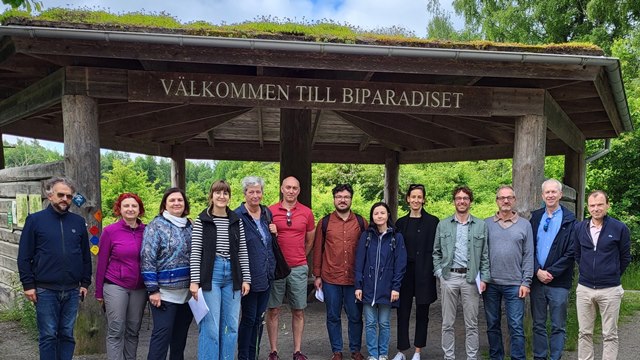
After two years of online meetings, Blue Green City partners got the chance to finally meet in person for the project meeting and study visit, which took place ...
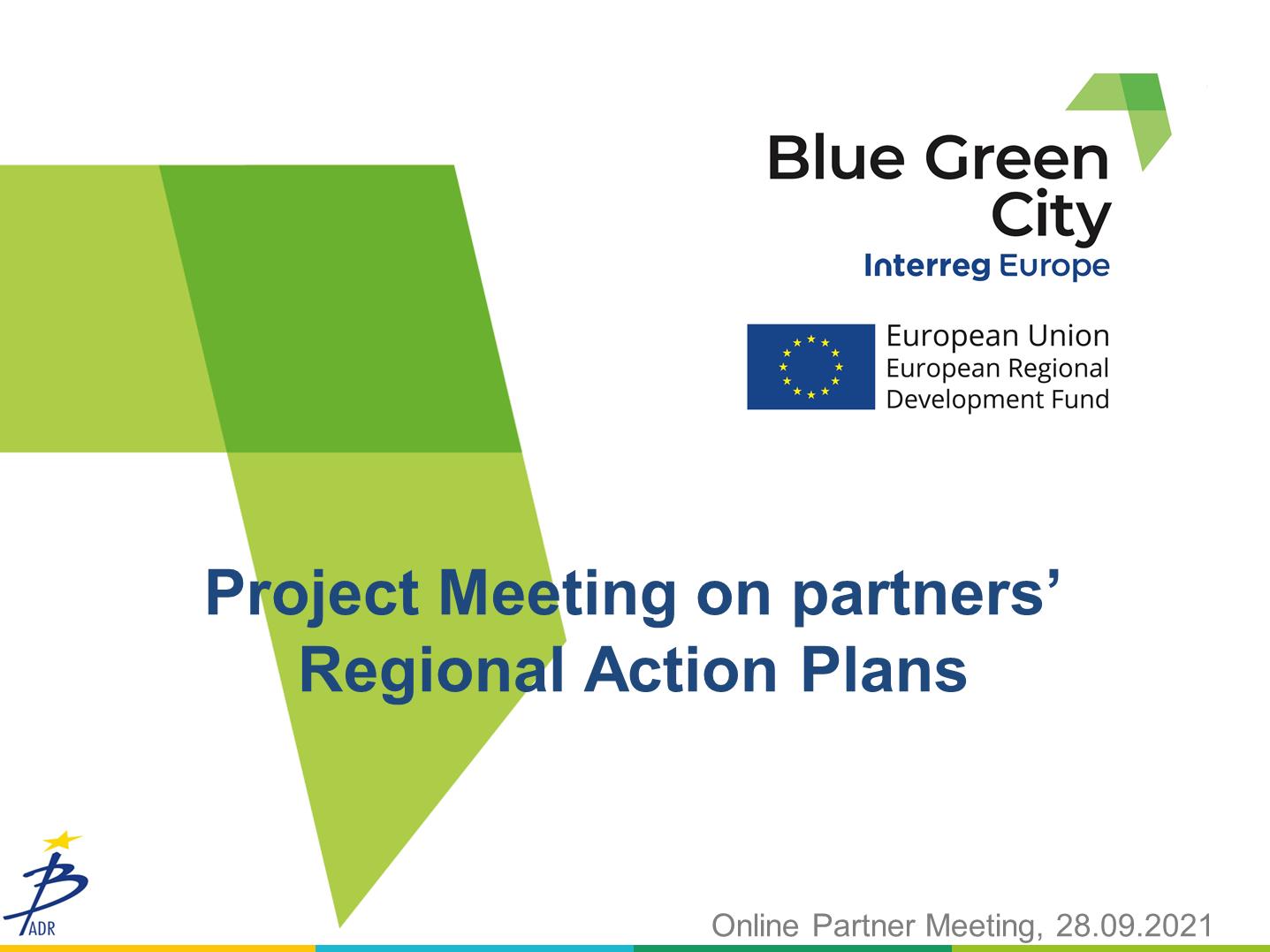
On the 28th of September 2021, the Bucharest-Ilfov Regional Development Agency organized the online Project meeting on partner’s Regional Action Plans.
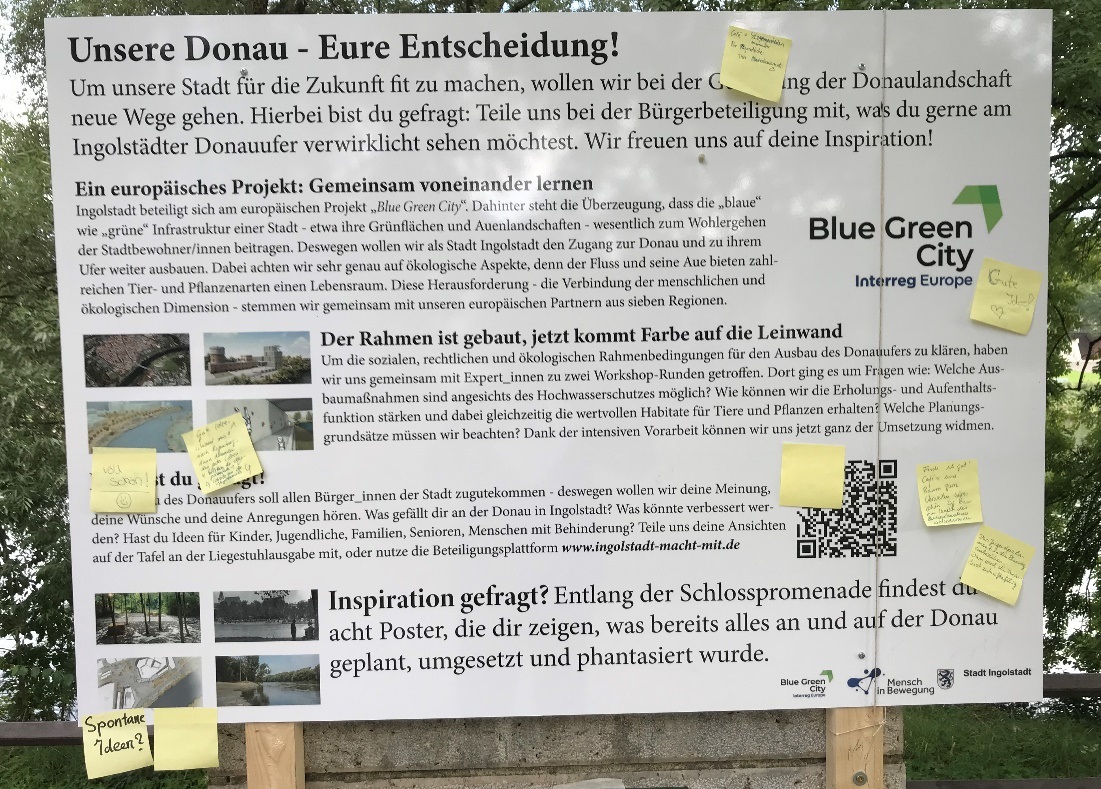
The importance of engaging local communities in the development of blue and green infrastructure (BGI) is widely acknowledged in the scientific literature; yet,...
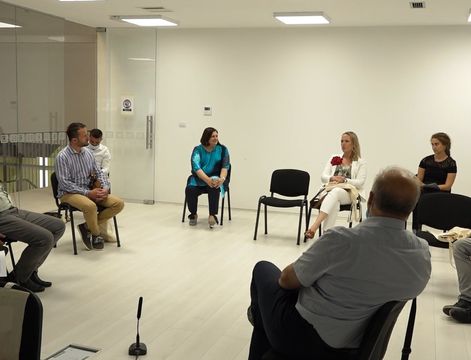
On July 13th 2021, RDA Porin organized the 4th Stakeholder meeting in Rijeka in the form of a small conference of up to 20 people in line with Covid-19 restrict...
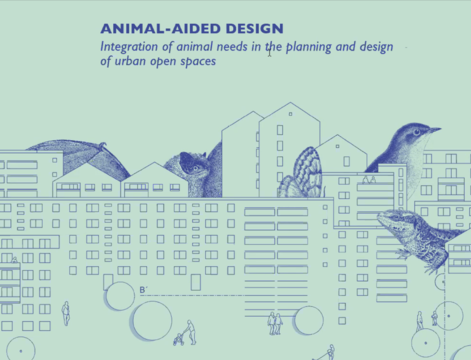
On the 15th of June 2021, the Blue Green City partners and stakeholders attended to the webinar and online workshop „Animal-Aided Design”, organized by Ingo...
On 25th of May 2021, the Blue Green City partners attended an online project meeting to present the best practices identified by each of them, according to the ...
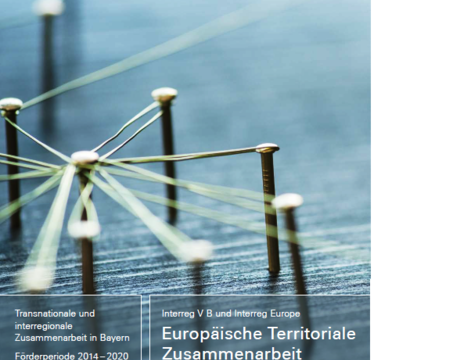
Information about the Blue Green City project has been included in the brochure published recently by the Bavarian Ministry of Economic Affairs, Regional Develo...
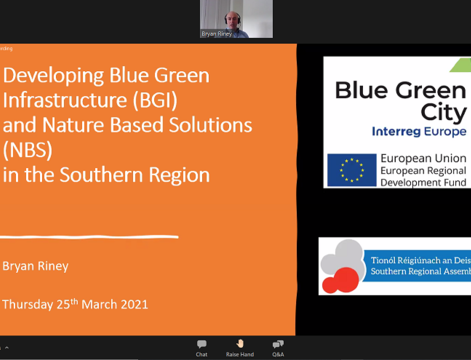
Blue Green City project presented at the University College Cork (UCC) Planning Conference
On the 25th of March 2021, University College Cork (UCC) Planning S...
